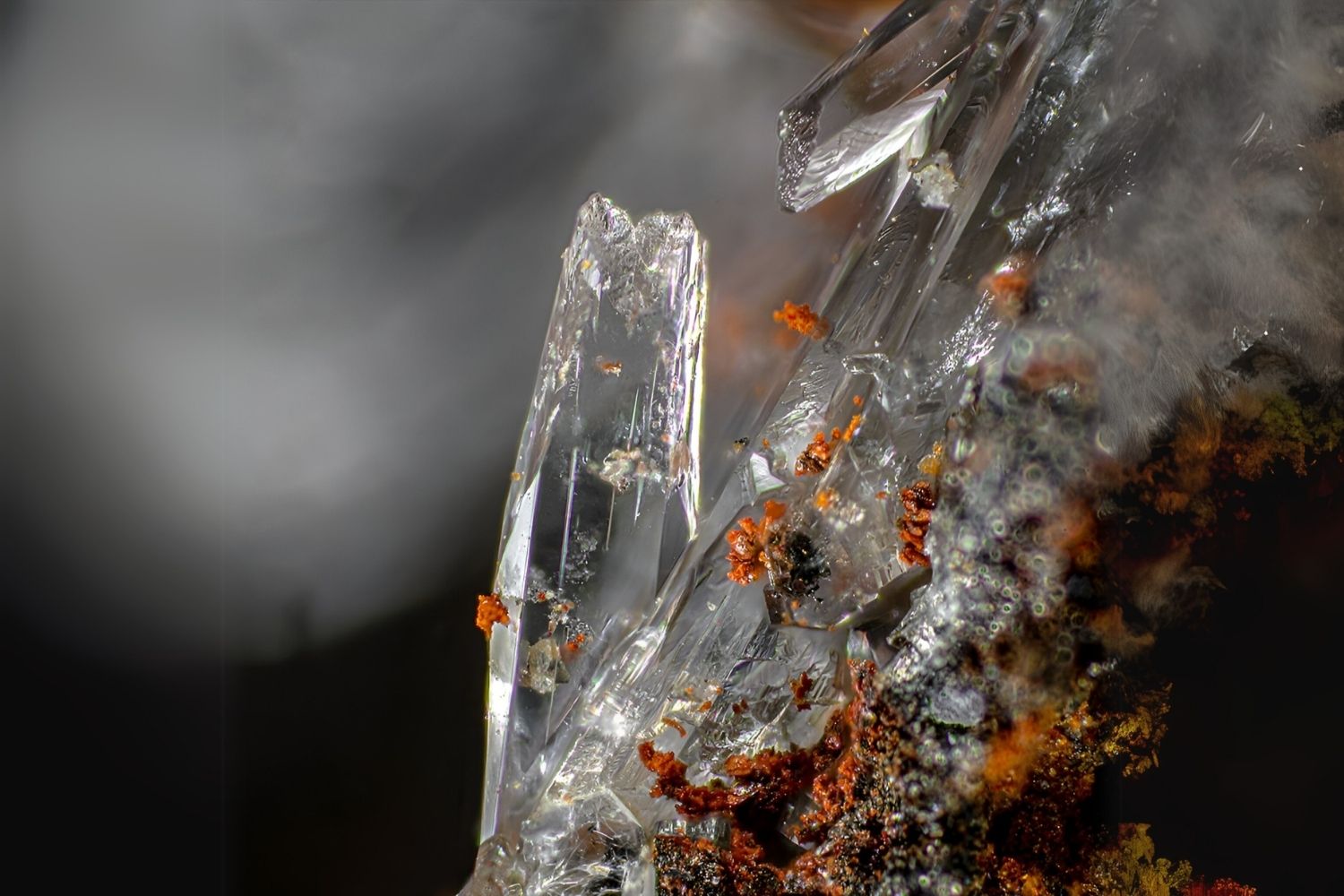
What is Searlesite? Searlesite is a rare mineral that often intrigues both geologists and collectors. Named after John W. Searles, who discovered it in California's Searles Lake, this mineral is a sodium borosilicate. Its chemical formula is NaBSi2O5(OH)2. Typically found in evaporite deposits, Searlesite forms in environments where water evaporates, leaving behind minerals. It usually appears as colorless or white crystals, sometimes with a hint of blue or green. Searlesite has a hardness of 5 to 6 on the Mohs scale, making it relatively durable. Its unique properties make it valuable for scientific research and industrial applications. Whether you're a student, a rock hound, or just curious, learning about Searlesite can be both fun and educational.
Key Takeaways:
- Searlesite is a rare mineral found in various locations worldwide, known for its unique properties and uses in geological studies, ceramics, glass, and even the pharmaceutical and nuclear industries.
- Named after John W. Searles, Searlesite is a sodium borosilicate mineral with a prismatic appearance and can be used in educational settings to teach students about borosilicate minerals and in gemology to study their properties.
What is Searlesite?
Searlesite is a rare mineral named after John W. Searles, who discovered it in the Searles Lake area of California. This mineral is known for its unique properties and fascinating history.
- Searlesite is a sodium borosilicate mineral with the chemical formula NaBSi2O5(OH)2.
- It was first discovered in 1914 at Searles Lake, California.
- The mineral is named after John W. Searles, an American prospector and businessman.
- Searlesite is typically found in evaporite deposits, which form from the evaporation of water in closed basins.
- It has a white to colorless appearance, often with a vitreous to pearly luster.
- Searlesite crystals are usually prismatic and can be up to 1 cm in length.
- This mineral has a Mohs hardness of 6 to 7, making it relatively hard.
- Searlesite is transparent to translucent, allowing light to pass through it.
- It has a specific gravity of 2.4 to 2.5, which is relatively low for a mineral.
- Searlesite is often associated with other evaporite minerals like trona, borax, and halite.
Where is Searlesite Found?
Searlesite is not just limited to Searles Lake. It has been discovered in various locations around the world, each with its unique geological settings.
- Besides Searles Lake, it has been found in Green River Formation in Wyoming.
- Searlesite has also been discovered in Turkey, particularly in the Kirka borate deposit.
- In China, it has been identified in the Liaoning Province.
- The mineral is also present in the Salar de Uyuni in Bolivia.
- Searlesite can be found in Russia, specifically in the Tatarstan region.
- It has been reported in the Czech Republic, in the Bohemian Massif.
- In Spain, Searlesite is found in the Ebro Basin.
- The mineral is also present in the Atacama Desert in Chile.
- Searlesite has been identified in Iran, particularly in the Kavir Desert.
- It is also found in Australia, in the Lake MacLeod region.
Uses of Searlesite
While Searlesite is not as widely known as other minerals, it has some interesting applications and uses.
- Searlesite is used in geological studies to understand evaporite deposits and their formation.
- It is sometimes used as a collector's mineral due to its rarity and unique properties.
- The mineral can be used in educational settings to teach students about borosilicate minerals.
- Searlesite has potential applications in the ceramics industry due to its boron content.
- It can be used in the glass industry as a source of boron.
- Searlesite is sometimes used in chemical research to study boron compounds.
- The mineral has potential applications in the pharmaceutical industry due to its boron content.
- It can be used in environmental studies to understand the formation of evaporite deposits.
- Searlesite is sometimes used in gemology to study the properties of borosilicate minerals.
- The mineral has potential applications in the nuclear industry due to its boron content, which can absorb neutrons.
The Final Word on Searlesite
Searlesite, a fascinating mineral, holds a unique place in the world of geology. Named after John W. Searles, it’s found in evaporite deposits and often associated with borates. This mineral’s distinct crystal structure and chemical composition make it a subject of interest for both amateur rockhounds and professional geologists. Its rarity and specific formation conditions add to its allure, making it a prized specimen for collectors.
Understanding searlesite not only enriches our knowledge of mineralogy but also provides insights into the geological processes that shape our planet. Whether you’re a seasoned geologist or just starting your journey into the world of minerals, searlesite offers a glimpse into the intricate and beautiful world beneath our feet. Keep exploring, stay curious, and who knows? You might just stumble upon a piece of searlesite on your next adventure.
Frequently Asked Questions
Was this page helpful?
Our commitment to delivering trustworthy and engaging content is at the heart of what we do. Each fact on our site is contributed by real users like you, bringing a wealth of diverse insights and information. To ensure the highest standards of accuracy and reliability, our dedicated editors meticulously review each submission. This process guarantees that the facts we share are not only fascinating but also credible. Trust in our commitment to quality and authenticity as you explore and learn with us.
